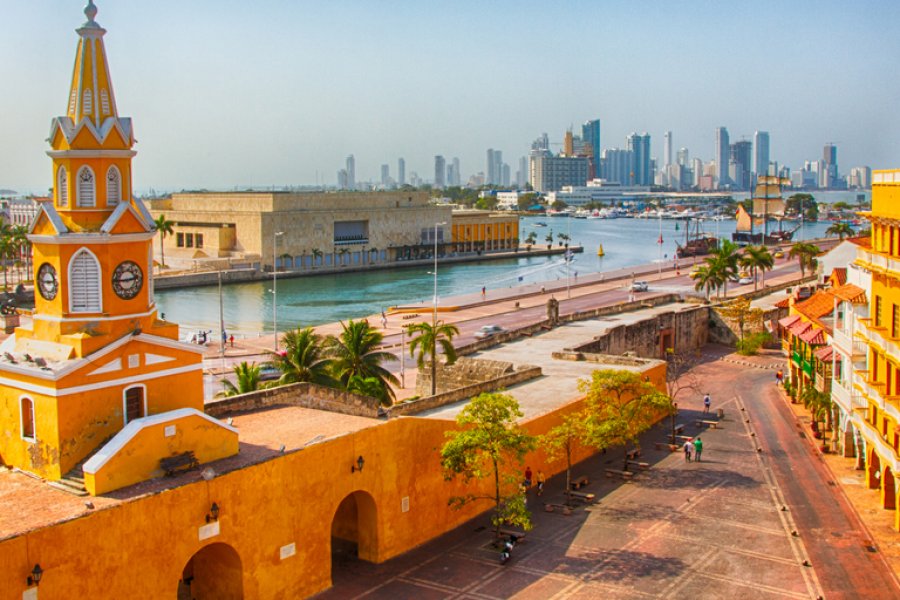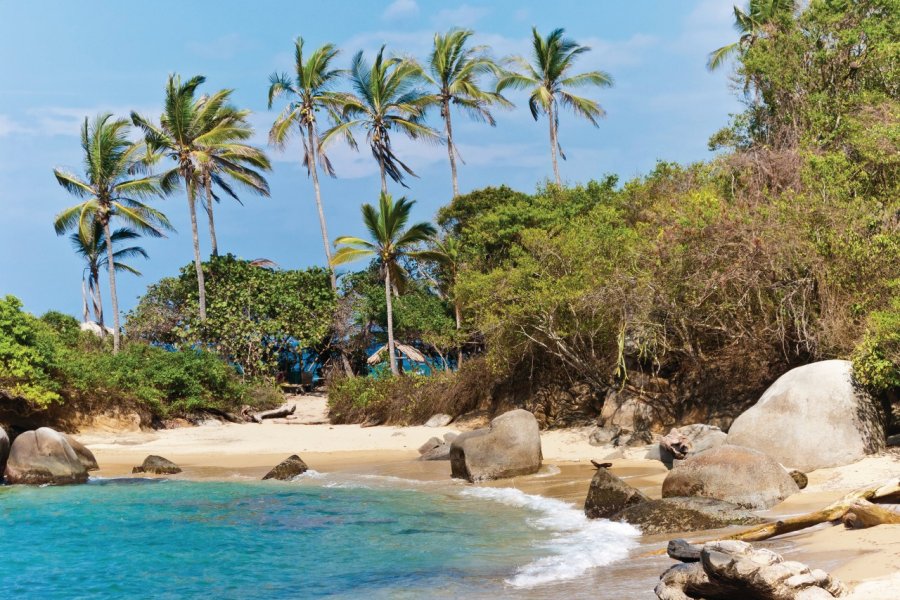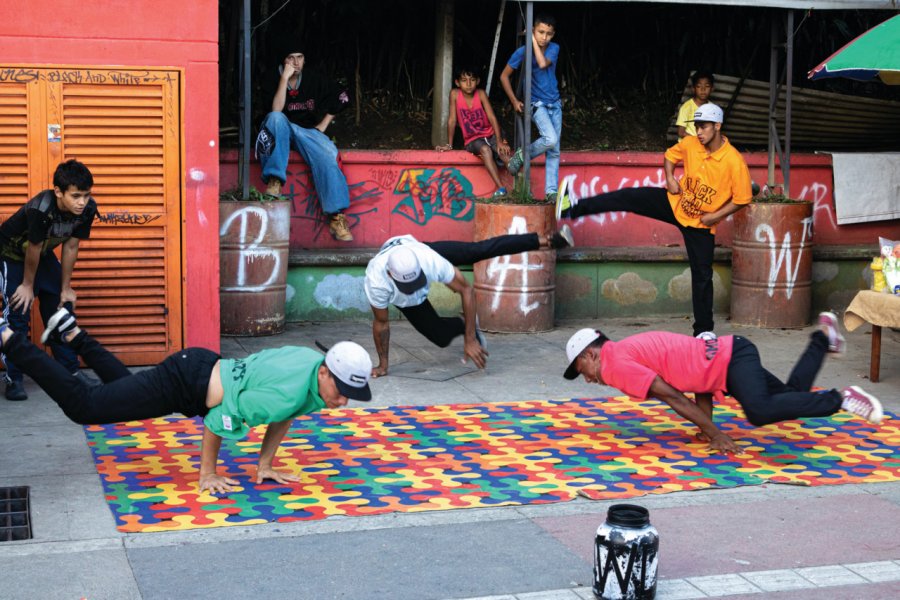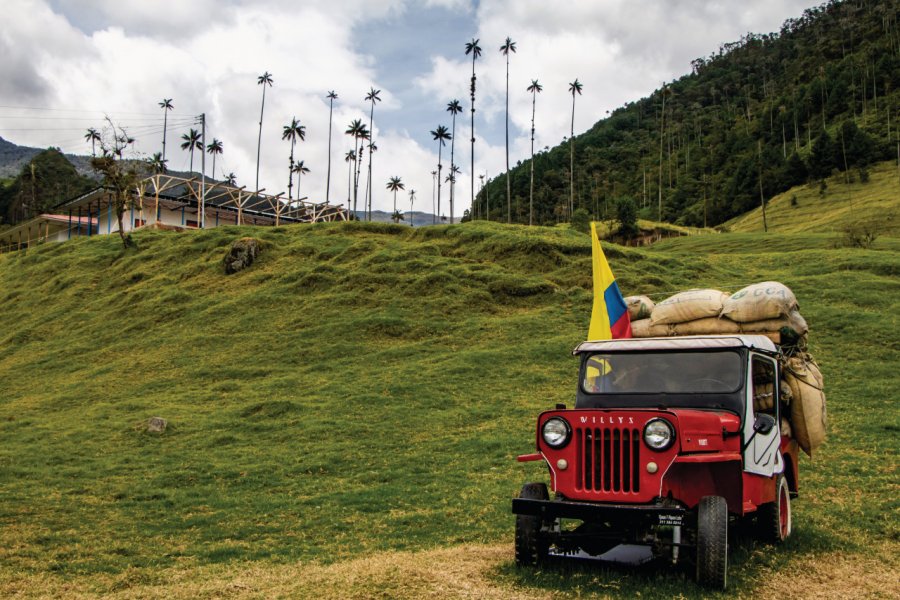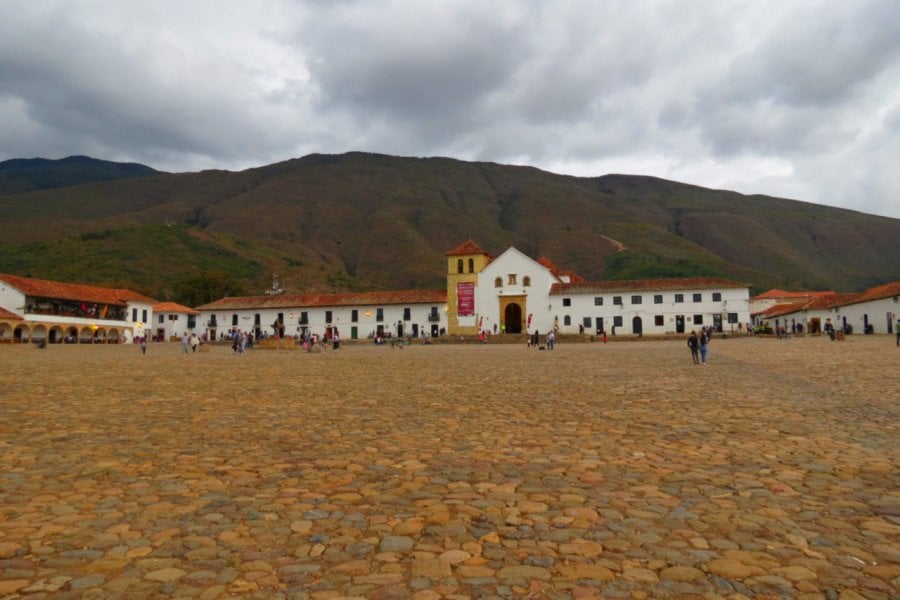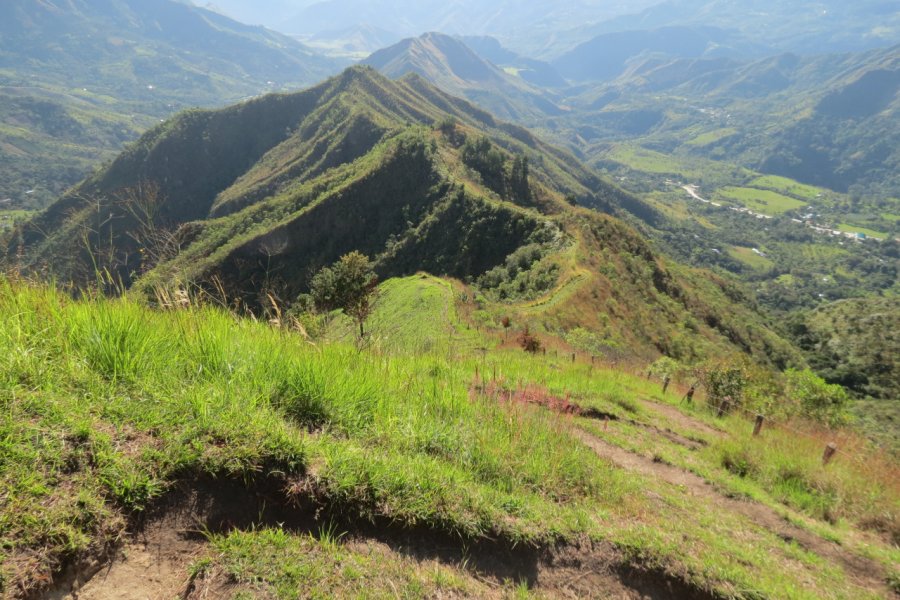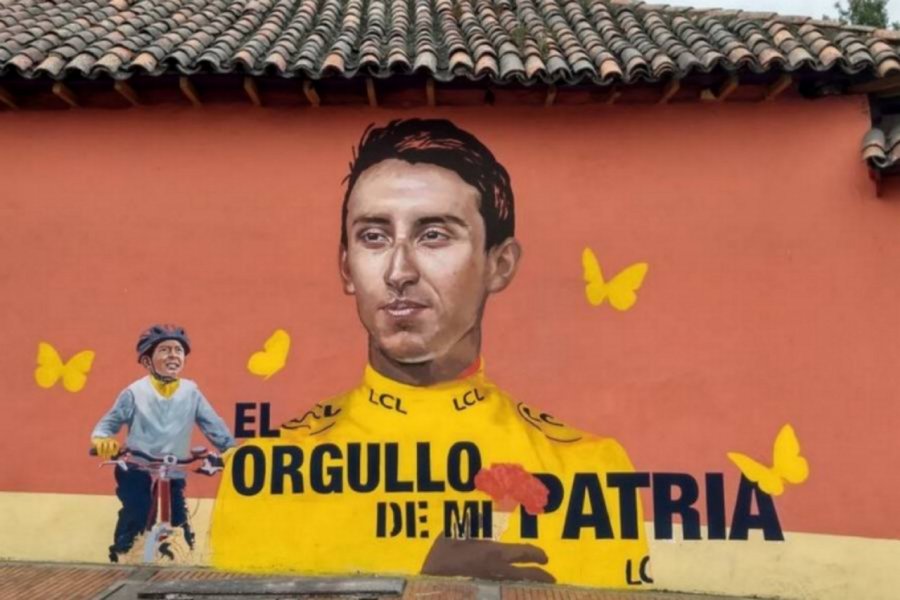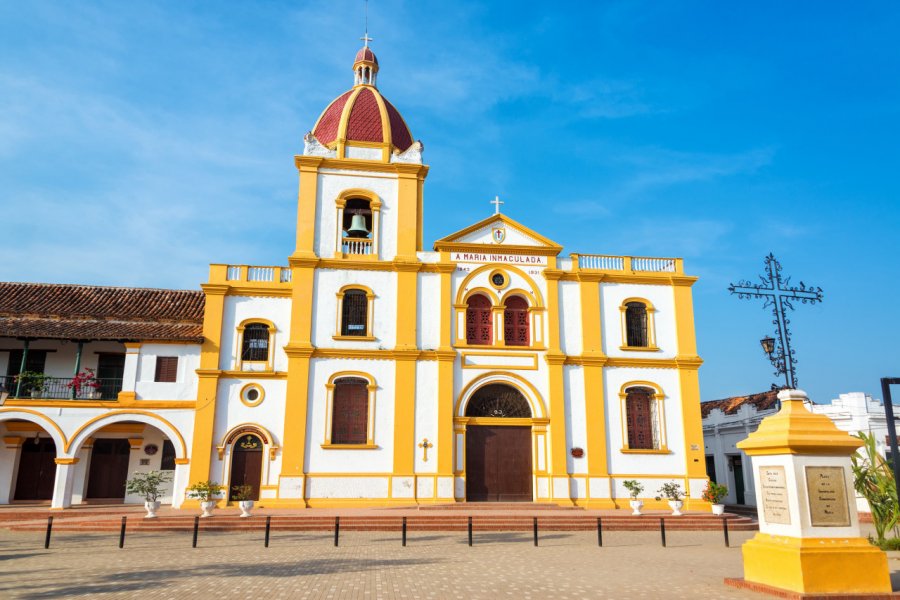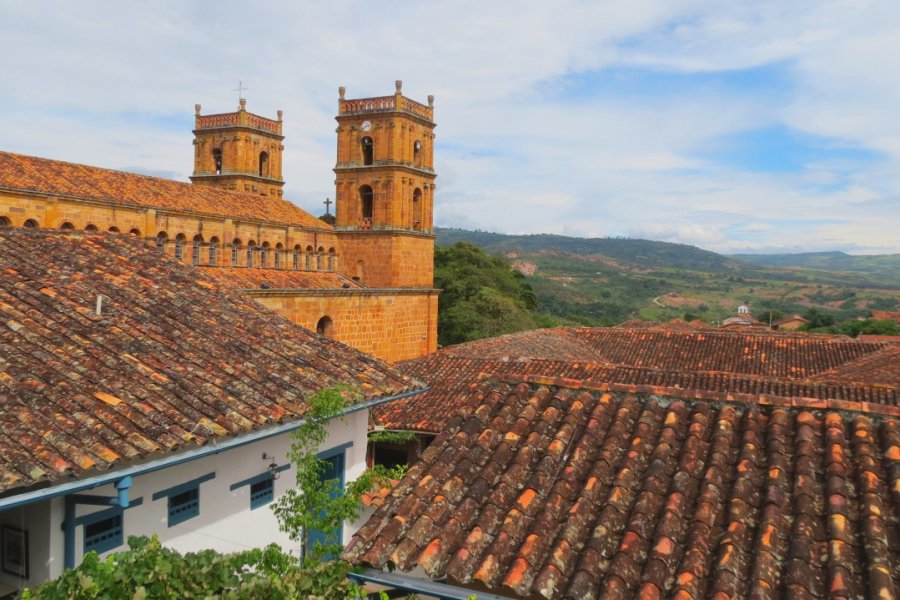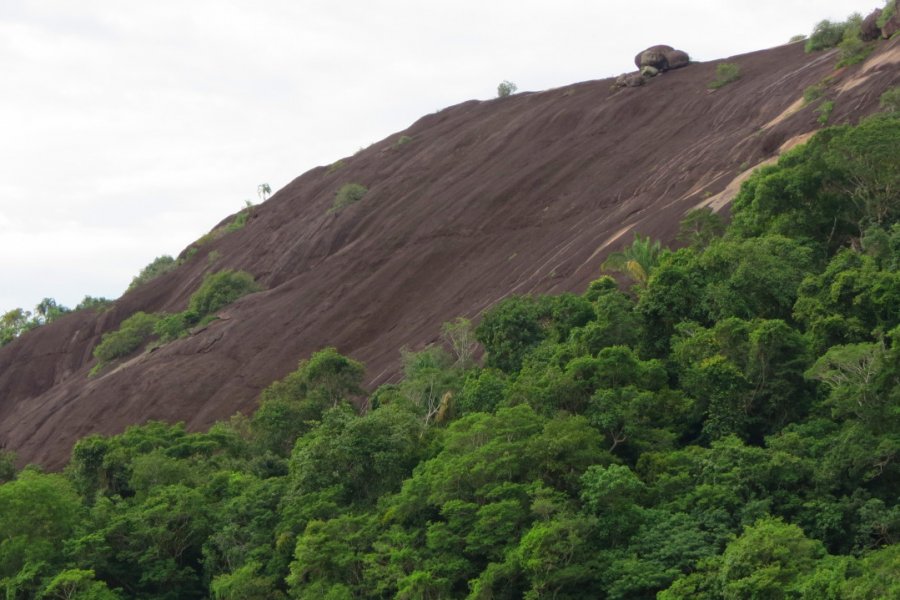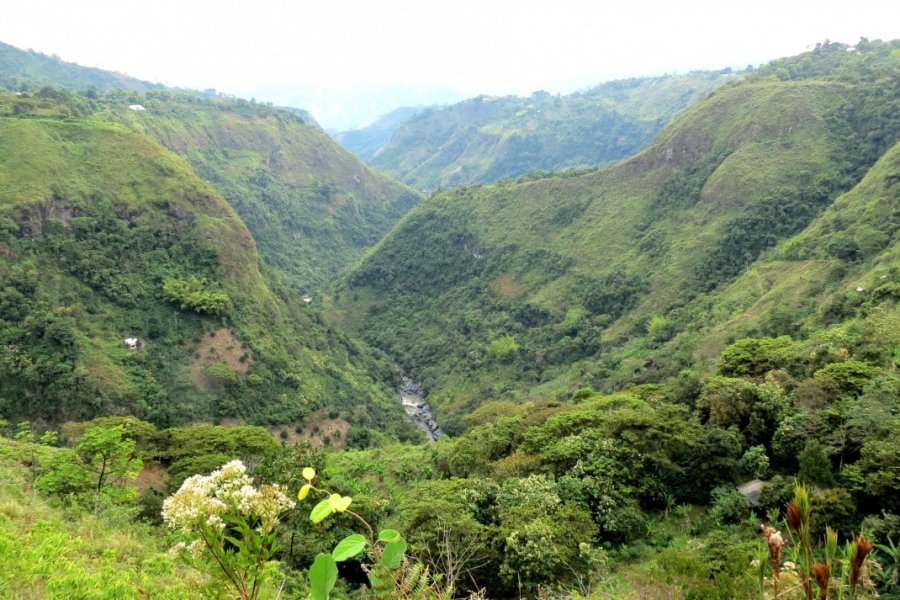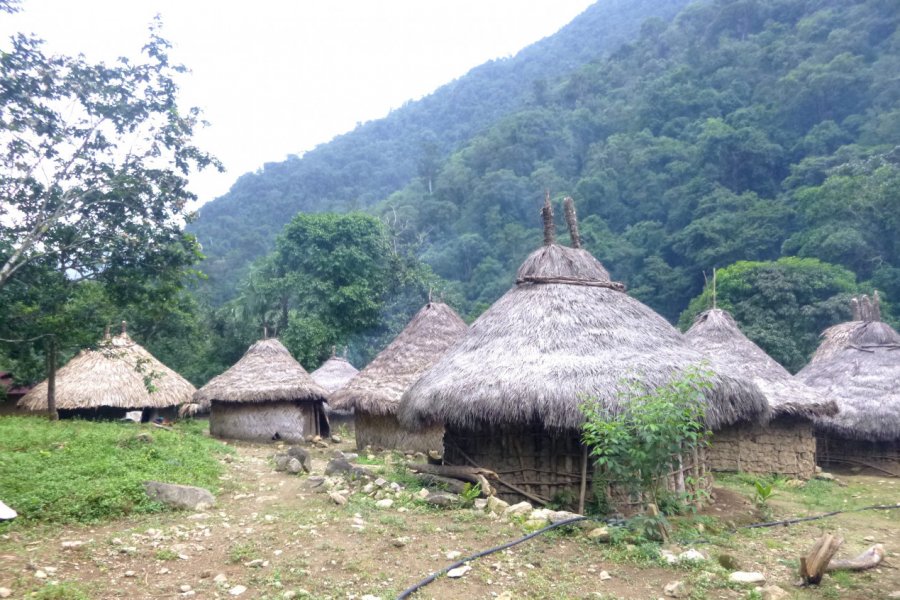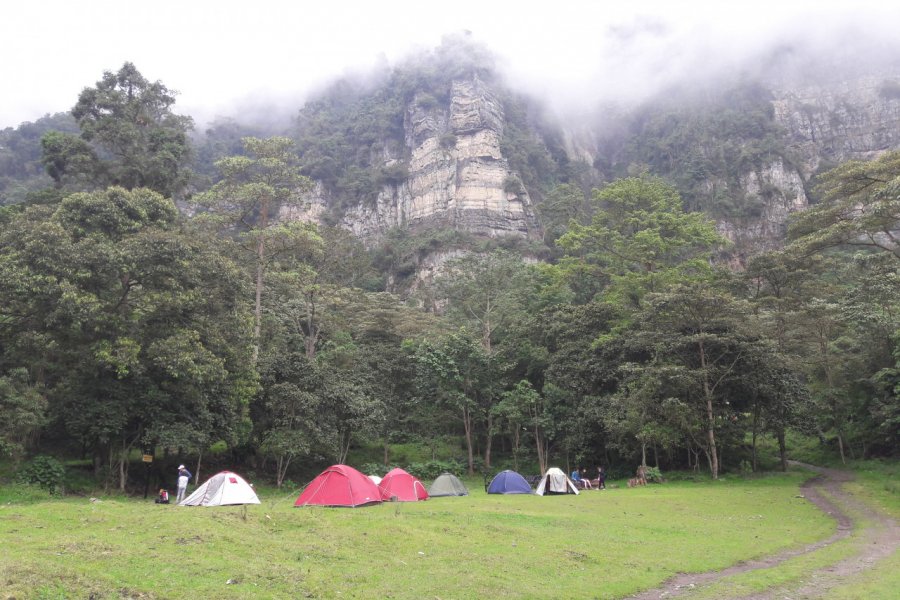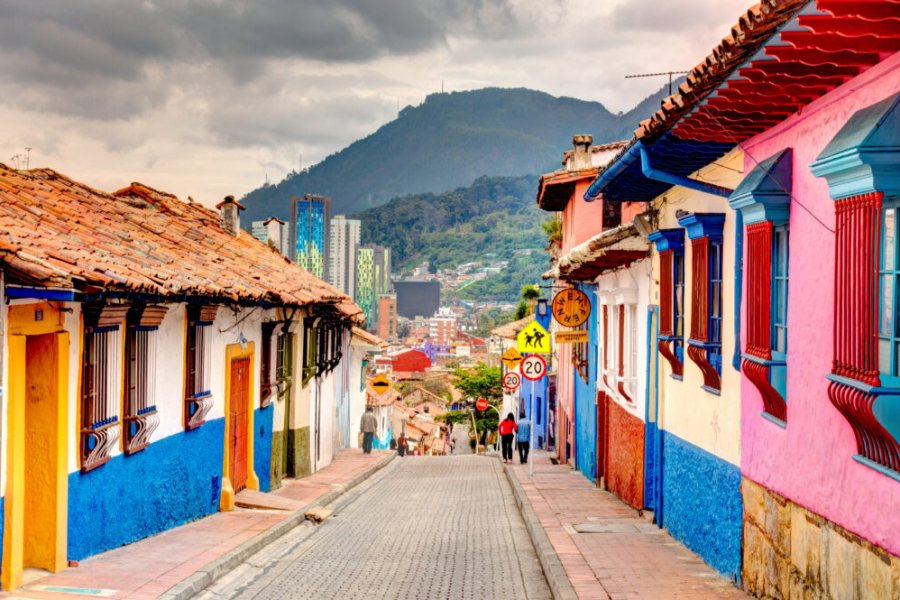Why go to Colombia? The 10 good reasons to go Colombia

The páramo, a unique ecosystem
Among the breathtaking landscapes are those of the páramo, a fragile and vital ecosystem.

Mysteries under the ground
The archaeological sites have revealed only a small part of their secrets.

Human warmth
A blow of doldrums, come to Colombia, smiles and abrazos will bring you back to life!

An exceptional biodiversity
This mega-diverse country is a favorite place for birds, butterflies, palm trees and orchids.

The adventure
The land of El Dorado has always attracted adventurers. It's your turn!

Macondo
In the land of magical realism(One Hundred Years of Solitude) reality often exceeds fiction.

The country of a thousand rhythms
Cumbia, vallenato, curulao, bambuco are just some of the flavors of this very musical country.

The country of coffee
The land of Juan Valdez is an opportunity to learn more about the fascinating world of coffee.

Ancestral traditions
Crafts inspired by cosmovision and festivities marked by syncretism.

A cure of vitamins
How many fruits whose names you have never heard are waiting for you in Colombia?
What to visit Colombia?

Interview: My Colombia
By Nicolas Lhullier, author of the guide
A Latino by heart and by adoption, Nicolas travelled the tracks and rivers of the continent before falling under the spell of Colombia, captivated by its landscapes and seduced by the enthusiasm and spontaneity of its inhabitants. In this guide he wants to show the reality of the country, beyond a simple tourist destination. Colombia in all its diversity, but also its sweet madness!
See the video of the interviewGood to know to visit Colombia
 Timetable
Timetable
Museum opening hours vary widely, but most are Tuesday to Saturday, 9am to 6pm, and Sunday 10am to 5pm. Most are therefore closed on Mondays. When Monday is a public holiday, as is often the case, the museum may open on Monday and close on Tuesday, but this is not a strict rule.
As far as national parks are concerned, they are generally open every day, from 7 or 8 am. Some close for longer or shorter periods, for regeneration of natural sites, or for spiritual reasons. Tayrona Park, for example, is closed to all tourist activity three times a year, for two weeks each time. The indigenous people of the Sierra (Arhuaco, Kankuamo, Kogui and Wiwa) perform rituals in homage to the Madre Tierra.
 To be booked
To be booked
Reservations are rarely necessary, except for large groups, or when the museum provides a French-speaking guide. The use of drones and videos is sometimes regulated. Please contact the relevant department in advance.
 Budget & Tips
Budget & Tips
Most museums are free of charge or charge a small fee, the equivalent of 2 or 3 euros. Even the prestigious museums run by the Banco de la República are free: the Botero Museum and the regional Gold Museums in particular (the Bogotá museum is only free on Sundays, but its entrance fee is modest).
Rates for archaeological sites and national parks are higher, but still affordable, at around $50-60,000 for the most expensive. The latter sometimes offer the possibility of coming for two consecutive days, as in the archaeological parks of Tierradentro and San Agustín. Colombians, or local residents, often benefit from preferential rates, as do foreigners with a permanent residence permit in Colombia. Children under the age of 2 or 3 generally pay no fare. Children under 12 and adults over 60 also benefit from preferential rates, as do students. In national parks, people under 25, if they are nationals or residents, also benefit from a preferential rate. Rates for local guides vary widely, but are always quite low by European standards. Don't hesitate to leave a tip.
 Main events
Main events
Shows, festivals, sporting and other events can be enjoyed at any time of year. Most of the major events are concentrated in the big cities, including some of international renown, such as the Hay Festival in January and the Cartagena International Film Festival in March; the Barranquilla Carnival in February; the Bogotá Theatre Festival in April (every two years), the Book Festival also in April; the series of music festivals (rock, salsa, hip-hop, jazz .) in the capital's Parque Bolívar throughout the year; Colombiamoda and the Festival de las Flores in Medellín in July and August; the Festival de la Música del Pacífico Petronio Álvarez, the Festival Mondial de la Salsa and the Feria de Cali, in August, September and December respectively. But the medium-sized towns and villages (Villa de Leyva, Barichara, Manizales, Valledupar, etc.) are not to be outdone, and also organize high-quality festive and cultural events.
 Guided tours
Guided tours
Most sites and museums can be visited without a guide. In some cases, however, it would be a shame to do without a guide, as in the case of archaeological sites, where you can delve deeper into the history of the site. The same applies to certain nature reserves, where you can appreciate the flora and fauna at their best, and learn more about the local communities. In national parks, guides are sometimes compulsory, for safety reasons (especially to avoid getting lost).
But beware, hikers: trails are rarely marked, and much of the mountain terrain is privately owned, where you are not necessarily welcome... Some sites require you to set off in a group, with a guide. These include the trek to the Lost City. French-speaking guides are available, but in certain seasons (July-August in particular), their services are in high demand, and you may be obliged to form a group with other visitors. In Colombia's major tourist cities, there are of course the ever-popular "Free Walking Tours". They're supposed to be free, but once again, don't forget to leave a reasonable tip for the time and quality of the guide's work.
 Smokers
Smokers
Smoking is prohibited in national parks, nature reserves and archaeological sites. If you decide to ignore the regulations, at least make the effort to take your cigarette butts with you.
 Tourist traps
Tourist traps
Don't fall for the "narco tour" scam you might be offered, which consists of going to see the cocaine manufacturing process. It's bound to be bogus, not to mention illegal. Nor do we encourage the voyeuristic "Pablo Escobar tours" offered by some Medellín agencies.
 What's very local
What's very local
Colombia is increasingly admired for the quality of its street art. The walls and facades of major cities have been transformed into veritable works of art, dominated by themes linked to freedom, love, war, the place of women, and so on. A graffiti tour is often a way of gaining a better understanding of current Colombian society, while admiring the finesse and humor of the artists.
